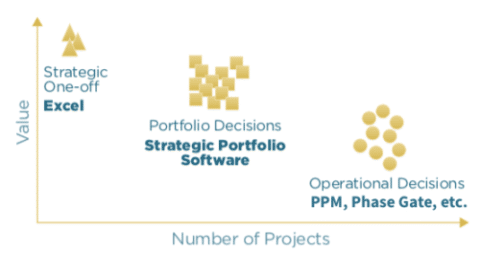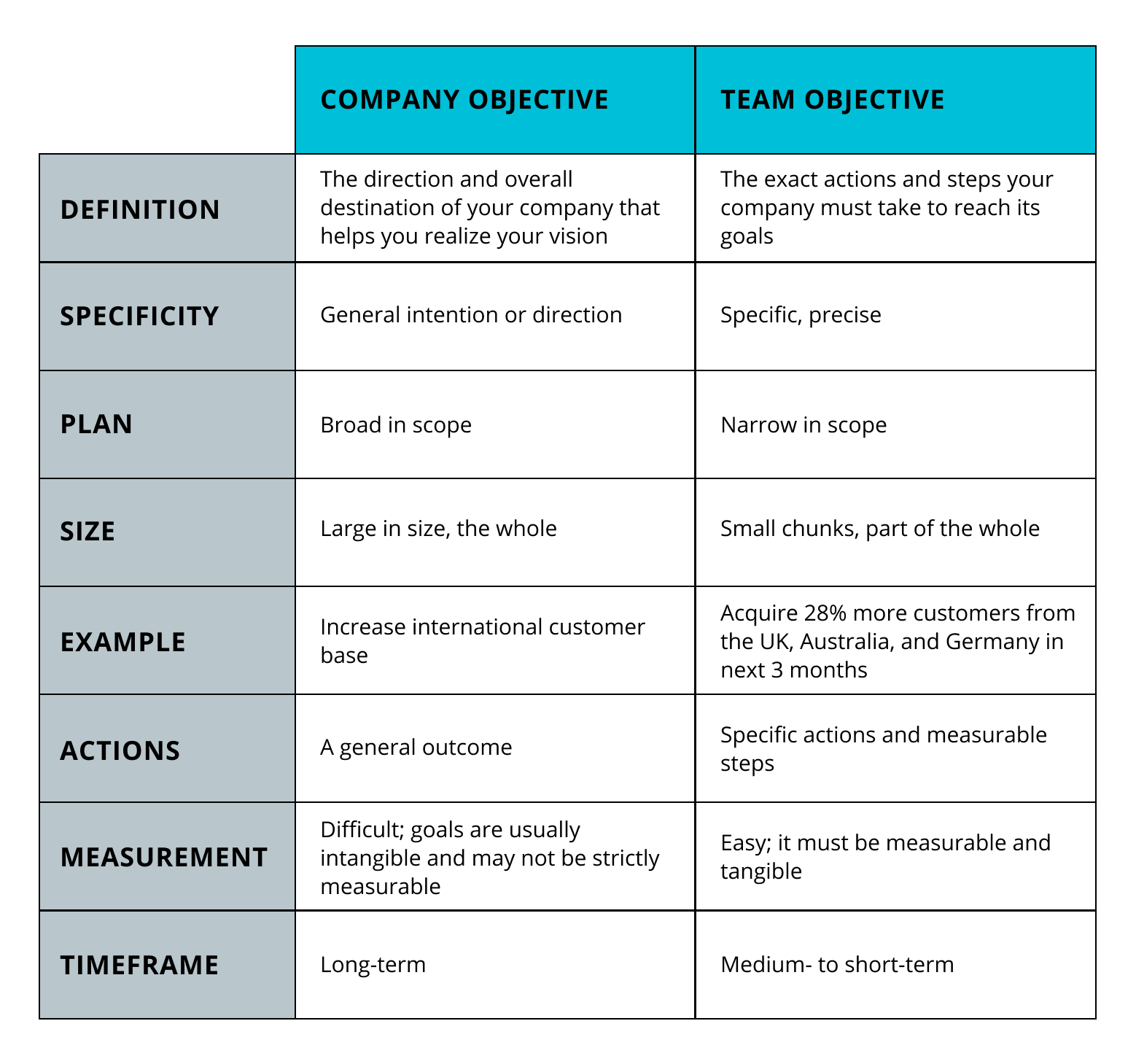
During the 20th century, the nascent field of operations research flourished as a result of military efforts to improve logistics and decision making. For example, proposals may be generated to identify where to build defensive structures, how many, what kind, and manned by how many troops a proposal may be accepted, or reworked. Through means such as directing troops and allocating (limited) resources (among others), operational art aims to achieve political goals by producing an optimal (or at least near-optimal) generation and application of military power. The operational level of war is concerned with four essential elements: time, space, means, and purpose. Likewise, operational art provides theory and skills, and the operational level permits doctrinal structure and process. Operational art is defined by its military-political scope, not by force size, scale of operations or degree of effort.

military doctrine, operational art is "the cognitive approach by commanders and staffs-supported by their skill, knowledge, experience, creativity, and judgment-to develop strategies, campaigns, and operations to organize and employ military forces by integrating ends, ways, and means." It correlates political needs with military power.

In the field of military theory, the operational level of war (also called operational art, as derived from Russian: оперативное искусство, or operational warfare) represents the level of command that connects the details of tactics with the goals of strategy.


 0 kommentar(er)
0 kommentar(er)
